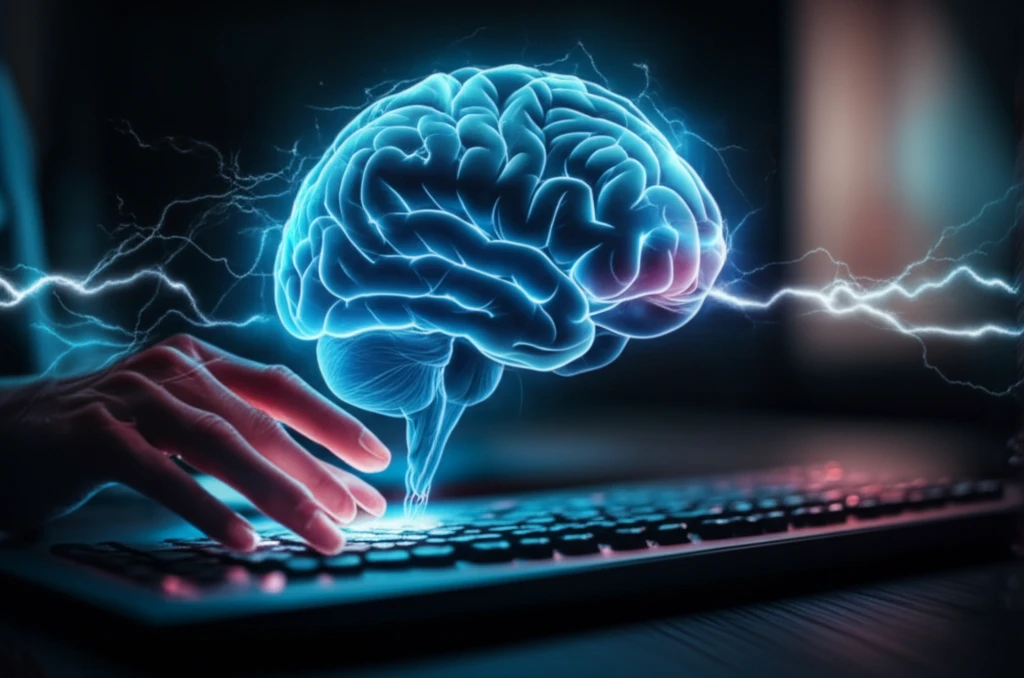
Unlocking the Secrets of Brain Rhythms: How tACS Can Reshape Your Movements
"Could transcranial Alternating Current Stimulation (tACS) be the key to improving motor control and understanding brain oscillations?"
The human brain, a complex network of electrical activity, operates on a symphony of rhythms and oscillations. These brainwaves, once mysterious, are now becoming increasingly understood thanks to cutting-edge research and innovative techniques. Among these techniques, transcranial Alternating Current Stimulation, or tACS, stands out as a promising method for modulating brain activity and influencing motor control.
Imagine a world where neurological disorders that affect movement, such as Parkinson's disease or essential tremor, could be managed more effectively through gentle brain stimulation. tACS offers a non-invasive way to tweak these brain rhythms, potentially improving motor skills and overall quality of life. This article delves into the groundbreaking research exploring tACS and its effects on repetitive finger movements, providing insights into how brain oscillations influence our ability to perform everyday tasks.
As we navigate the landscape of modern neuroscience, it's essential to understand the potential benefits and limitations of emerging technologies like tACS. This article aims to break down the complexities of this research, making it accessible to everyone, from those simply curious about brain function to individuals seeking potential therapeutic options. Join us as we explore the fascinating world of brain rhythms and the promise of tACS in reshaping movement.
How Does tACS Work and What Does It Do to Your Brain?

Transcranial Alternating Current Stimulation (tACS) is a non-invasive brain stimulation technique that delivers a weak alternating electrical current to specific areas of the brain. This current is thought to interact with the brain's natural electrical oscillations, potentially enhancing or inhibiting specific brain rhythms. Unlike other brain stimulation methods like transcranial Magnetic Stimulation (TMS), which uses magnetic pulses, tACS uses continuous alternating currents.
- Beta Waves: Often associated with active thinking, focus, and motor planning.
- Gamma Waves: Linked to higher cognitive functions, sensory processing, and fine motor control.
- tACS Modulation: Researchers explore how stimulating these frequencies can either enhance or inhibit repetitive movements.
The Future of tACS: Potential Benefits and Considerations
Transcranial Alternating Current Stimulation (tACS) holds tremendous promise for understanding and potentially treating various neurological and psychiatric conditions. Its non-invasive nature and ability to modulate specific brain rhythms make it an attractive tool for researchers and clinicians alike. As technology advances and our understanding of brain function deepens, tACS may become an integral part of personalized treatment plans for individuals seeking to improve motor control, cognitive function, and overall well-being.
